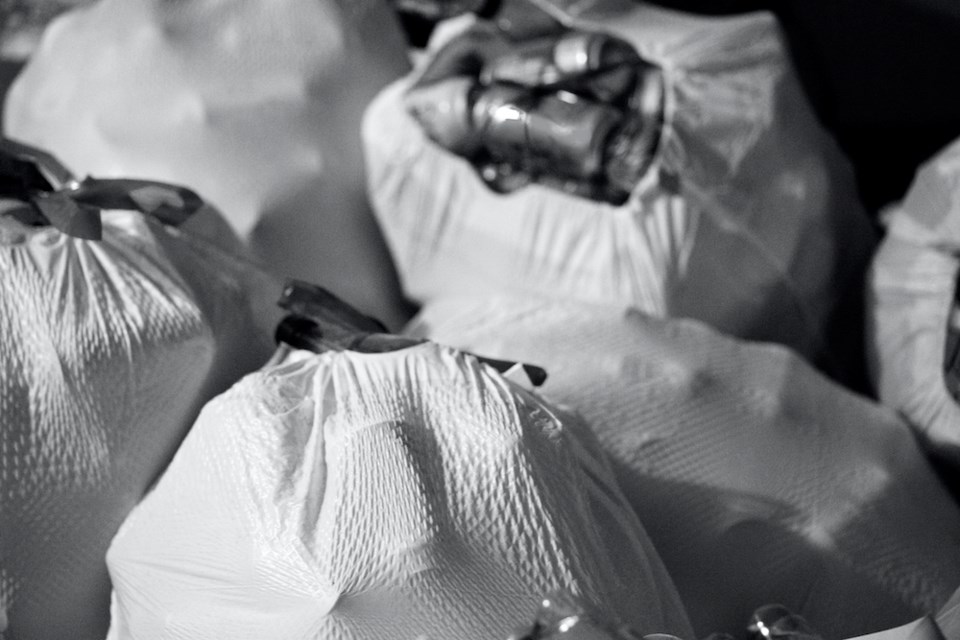In talking about climate change mitigation, we must address waste. Years before recycling became common practice, my family had one garbage can under the kitchen sink in to which went: food scraps, packaging (tin, glass, cardboard, styrofoam, plastic), batteries, lightbulbs, coffee grounds, egg cartons... everything crammed near-breaking into a white bag. Outside, one garbage can for everything.
Today, I juggle a bag of garbage with three recycling bins, one for compost, and a bag of returnable bottles. Despite the introduction of recycling and composting into our daily lives, we throw away so much. Landfills generate 23% of Canada’s GHG emissions. By 2050, North America could produce 396 million tonnes of waste.
No wonder then the City of Vancouver is addressing waste with its Zero Waste 2040 strategy.
Zero waste is a holistic philosophy which emphasizes reuse, repair, and recycling over the one-bag-for-all-garbage approach. (Zero Waste 2040 goes well beyond extra bins and reusable straws. Other elements include pollution reduction, resource conservation, and turning trash into renewable fuel). Zero waste is a revolution of equality, allowing all people to have the same access to fresh food, tools for repair work, clothing, furnishings etc. In these dystopian times, a vision for a future community that is trash-free, sustainable, and food abundant is refreshingly idealistic.
The city’s plan will require a seismic change in behaviour for all of us. How we consume needs to change as much as what we consume, perhaps even more. A hard thing to pull off perhaps for a society, that for all its progress and innovation, remains mired in consumerism and disposability, but the benefits are huge. And it’s much easier than you might think.
Here are just two ways to reduce waste in your life today. Add these to your recycling and composting habits, and you’re well on your way to a zero-waste lifestyle.
Repair and reuse
A torn seam, a hole-y sock, or lost button. Think how often in your life you have discarded a garment because of one of these “flaws.” And what about appliances, electronics, and furniture? A broken chair leg, a cracked speaker, or faulty wiring is no reason to throw something away in 2022. Repair and reuse is the new norm. Not only does this mean less garbage is generated, but think of the savings to you! Sew a button and save yourself having to buy a new shirt. Don’t have the sewing skills your grandma had? Take a bag or purse (among other salvageable items) to a community repair event and reclaim its usefulness. Take your unwanted electronics to a Drop-off event or non-profit like Free Geek Recycling. Give your goods a second life.
Rescue and redistribution of food
Food waste is more destructive than just scraping uneaten rice and beans into the trash: it is a waste of the precious resources that were used to produce the food. Chief among them is water. Food rescue is not a TV show on CBC Gem, but rather something a restaurant can do by donating perfectly fine food to food banks, charities, or shelters in lieu of chucking it out. There is also a Pay What You Like rescued food market in Vancouver that gives surplus food or foodstuffs which do not meet “stringent consumer standards” (bruised fruit, odd-looking veggies, items too small or big etc.) another chance to be eaten. Redistribution ensures that not only are needy people being fed but that vital resources have not been misused.
As custodians of the earth, we must change our wasteful habits. And that begins with changing how we define what is and what is not fit for garbage.







